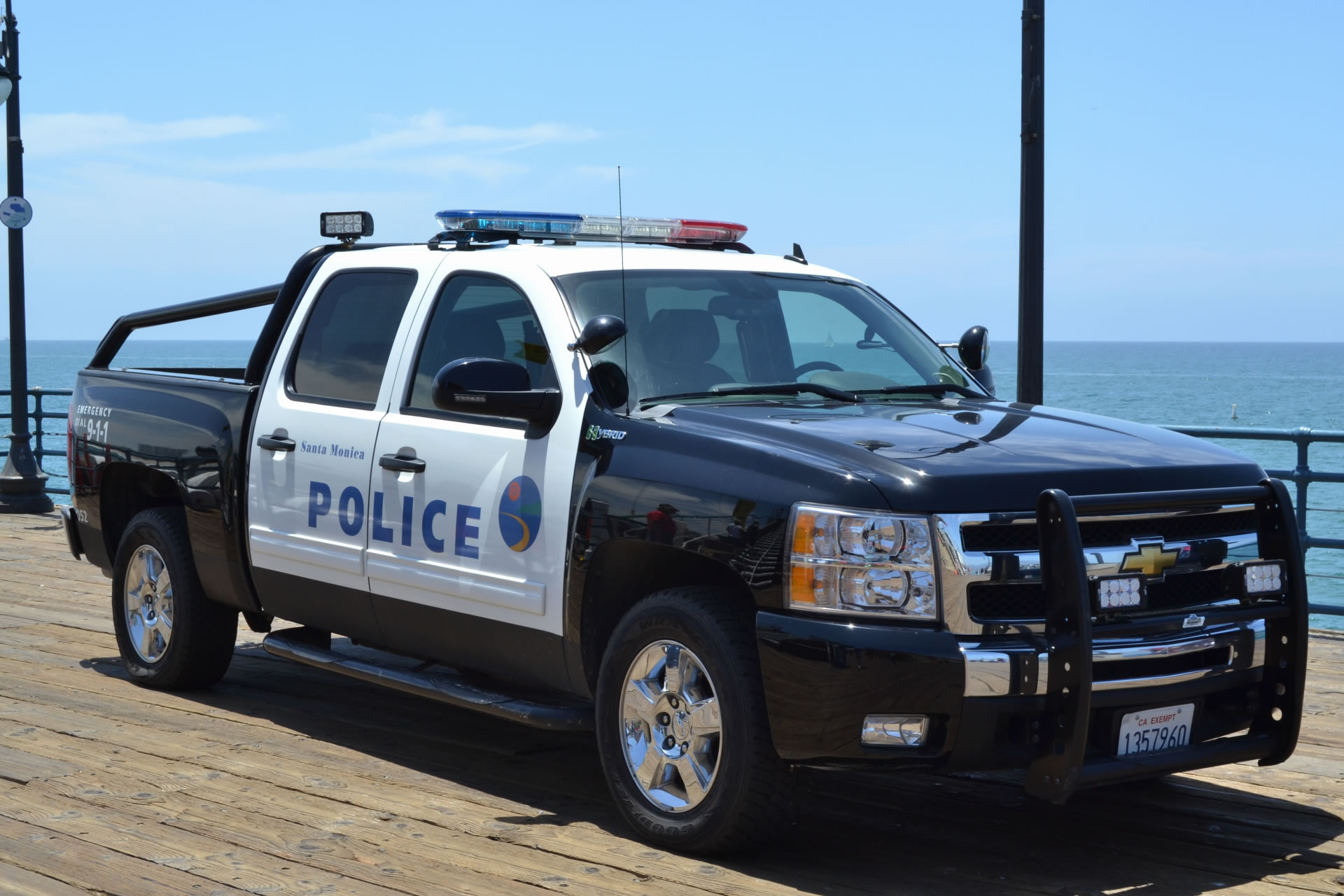California Evading Police Laws
In California traffic laws, the act of evading a police officer holds serious consequences. Understanding the intricacies of these regulations is crucial for every driver.
Let us shed light on the specific statutes, penalties, and implications associated with evading police officers in traffic within the state of California.
Definition of Evading Police
Evading a police officer in traffic, as per California Vehicle Code Section 2800.1, involves a willful attempt to flee or evade a pursuing law enforcement vehicle.
This offense encompasses a range of scenarios, from attempting to outrun a patrol car, to intentionally avoiding being pulled over.
Elements of the Offense
To be charged with evading police in traffic, certain elements must be present. The prosecution must establish that the driver:
- Willfully Resisted or Fled: The act must be intentional and not accidental.
- With Intent to Evade: The driver must exhibit a clear intention to avoid being detained or arrested.
- In a Motor Vehicle: The evasion must occur while operating a motor vehicle.
In order to qualify as evading police, laws also require the following conditions to be met:
- Police officer’s motor vehicle has at least one red lamp visible from the front..
- Police officer’s motor vehicle is distinctively marked and is sounding a siren.
- Police officer must be wearing a distinctive uniform.
California laws further elaborate on evading police on bicycles as well. In order to qualify as evading police, the following conditions must exist:
- Police officer’s bicycle must be distinctively marked.
- Officer must be wearing a uniform.
- Officer must give a verbal command and a hand signal to stop, and sound a horn producing a sound of at least 115 decibels.
- As a driver you should be reasonable aware of the commands to stop, but refuse to comply.
Penalties for Evading Police
The penalties for evading a police officer in traffic are severe, and can result in both criminal and administrative consequences:
- Criminal Penalties: Misdemeanor charges can lead to imprisonment for up to one year, while felony charges can result in imprisonment for two, three, or four years. Additionally, fines can range from $1,000 to $10,000.
- Driver’s License Consequences: A conviction may lead to a suspended or revoked driver’s license.
In California, law enforcement agencies must report incidents of evading police to the Department of Motor Vehicles (DMV). This triggers administrative consequences, including potential license suspension.
Apart from criminal penalties, individuals evading police may face civil liability for damages caused during the pursuit.
Aggravating Factors
Certain factors can escalate the severity of penalties:
- Injuries or Fatalities: If the evasion results in injuries or fatalities, the legal repercussions intensify.
- Previous Convictions: Prior convictions for evading police can enhance penalties for subsequent offenses.
In nearly all cases, police will find additional violations to cite you with. These can include reckless driving, speeding, street racing, and potentially other misdemeanors and felonies such as destruction of property, causing injury, or endangering others.
Legal Defenses
Defendants may employ various legal defenses, such as disputing the willfulness of their actions, challenging the lawfulness of the police pursuit, or asserting mistaken identity.
Given the complexity of evading police laws, anyone facing these charges is strongly advised to seek legal counsel. An experienced attorney can evaluate the specifics of each case, explore potential defenses, and navigate the legal process effectively.
A nuanced understanding of California’s laws on evading police officers in traffic is essential for every driver. By understanding the penalties, you can make informed decisions on the road and respond appropriately when faced with legal challenges related to evading a police officer in traffic.
Attempting to escape from police is never a good idea. Dealing with whatever potential consequences during a traffic stop is always the easier solution. In most cases, drivers attempting to fleet from law enforcement end up getting caught, and issued with numerous additional law violations.
